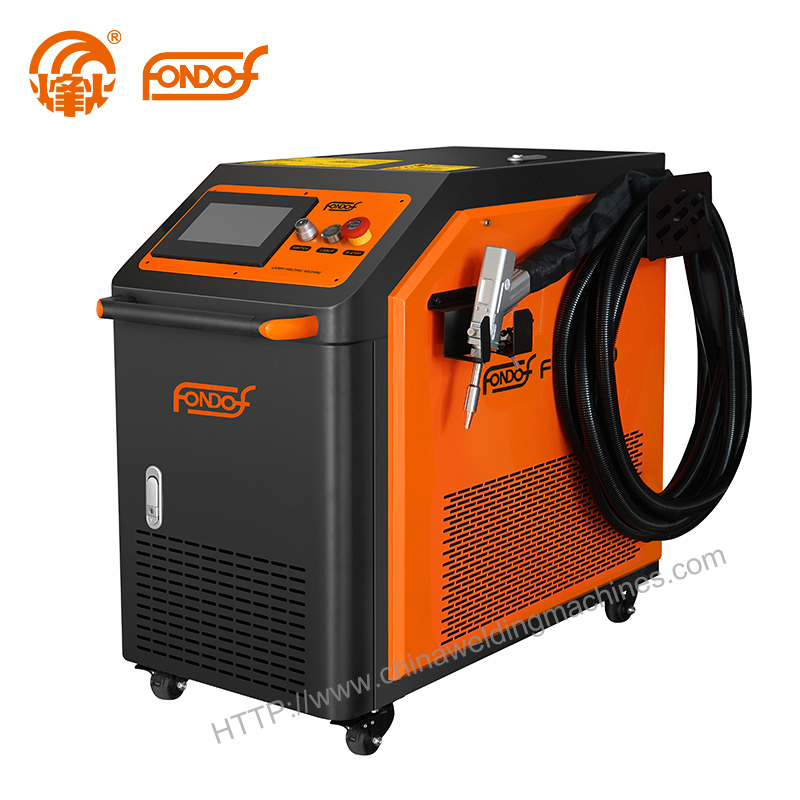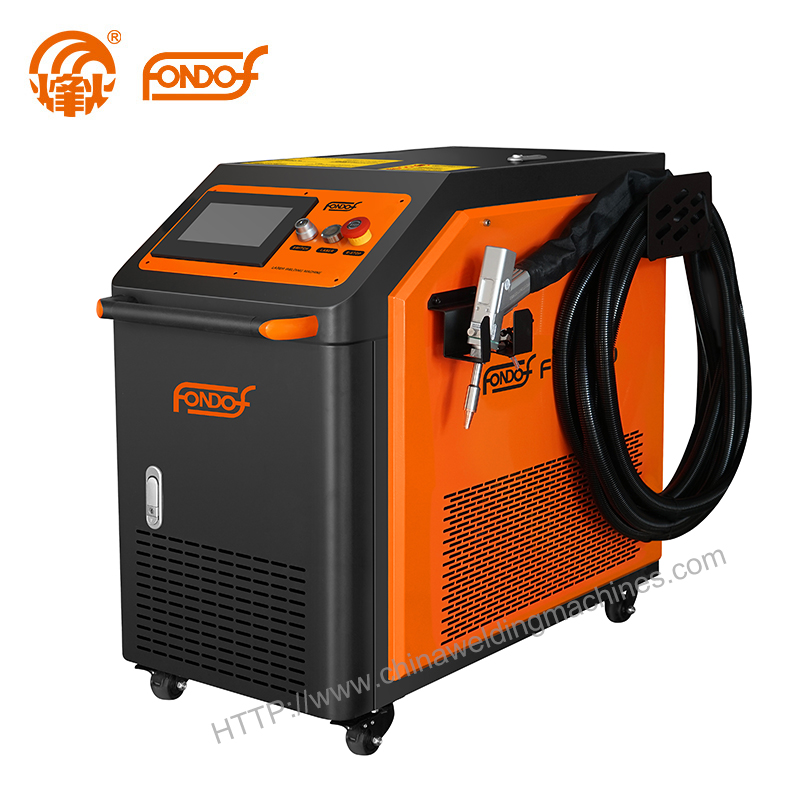MIG Welding: Techniques, Advantages, and Applications
 Feb. 11, 2025
Feb. 11, 2025
Understanding the Basics of MIG Welding Technique
MIG welding technique is simple, easy, and economical. In this content, we will walk through the basics of MIG welding, how the technique works, and review the advantages and applications.
Firstly, below are some technical terms to help you understand the concept better.
Technical terms:
MIG welding - Metal Inert Gas welding
GMAW welding - Gas Metal Arc welding
MAG welding - Metal Active Gas welding
Base material – It is the material being welded, soldered, or brazed.
MIG Welding Technique
MIG welding is a versatile technique suitable for welding both thick and thin section components. In this process, an electric arc melts the surface of the base materials (the materials or workpieces to be welded), forming a weld pool. This pool then cools to create a strong bond, joining the metals.
During welding, the welder continuously feeds a consumable heated wire electrode and shielding gas through a welding torch. To operate the welding process, the electrode wire is positively charged and connected to an electric power source, delivering a constant voltage. Alternatively, a constant current system or alternating current can also be used.
To initiate the welding process, the wire electrode is brought into contact with the area of the workpieces where welding is to occur. This creates an electric arc between the tip of the electrode and the metal surface. The heat generated by the electric arc melts both the metal surface and the wire electrode, creating a weld pool. As the molten weld pool cools, it forms a strong weld joint.
A shielding gas is fed from the welding torch nozzle alongside the electrode to protect the molten weld pool from moisture and airborne contaminants. The choice of shielding gas depends on the metal being welded and the application. Throughout the welding process, the welder gradually moves the welding torch along the joint line of the welding area.
The wire electrode can be solid or flux-cored, with diameters ranging from 0.6 mm to 1.6 mm. It serves as both a heat source, via the electric arc at the contact tip, and filler metal for the welding joint. As the wire melts during welding, it becomes part of the weld, making it a consumable electrode. The wire is fed through the torch's contact tip (usually made of copper), which conducts welding current into the wire electrode.
In semi-automatic MIG/MAG welding, the wire feeding rate and arc length are controlled by the power source, while the welder manually controls the wire position and travel speed. In automatic MIG/MAG welding, no manual intervention is required to carry out the process.
MIG Welding Advantages
- MIG welding offers high productivity as the wire is continuously fed during the process.
- When compared to TIG (Tungsten Inert Gas) or SMAW (Shielded Metal Arc Welding), MIG welding produces high-quality welds with faster speed.
- MIG welding is a versatile process and can be easily used to weld various metals and alloys, including copper, aluminum, nickel, and iron.
- The process can join dissimilar metals.
- The shielding gas protects the arc and the metal transfers across the electric arc. As a result, there is only a minor loss of alloying elements.
- The welding method produces minor weld splatter that can be easily removed.
More Advantages of MIG Welding:
Increased Productivity
MIG welding allows welders to work more efficiently, saving time by eliminating the need to frequently change rods, chip away slag, or brush the weld repeatedly. This means welders can complete tasks faster and with cleaner results.
Easy to Learn
One of the biggest advantages of MIG welding is its ease of learning. Welders can grasp the basics in just a few hours, with some instructors claiming that they can provide a foundational lesson in as little as 20 minutes. Most of this time is spent on cleaning the weld. In contrast, TIG welding requires a much longer learning period, making it less appealing for those working on home projects. MIG welding has been described by instructors as a "point and shoot" process, making it more intuitive for beginners.
Simple, High-Quality Welds
MIG welding offers excellent visibility of the weld pool, making it easier to produce high-quality welds. The automatic wire feed system improves control, which simplifies the process of creating clean, aesthetically pleasing welds.
Clean and Efficient
With MIG welding, the use of shielding gas minimizes the loss of alloying elements as the metal transfers across the arc. Unlike stick welding, there’s no slag to remove, and the weld produces only minimal spatter. This results in faster cleanup, allowing welders to get back to work in a fraction of the time compared to other methods.
Versatile
MIG welding is highly versatile, capable of welding a wide range of metals and alloys in various settings, from semi to fully automatic. It’s suitable for numerous home projects as well as a variety of industries. MIG welding is used for materials such as aluminum, copper, stainless steel, mild steel, magnesium, nickel, and their alloys, in addition to iron and most of its alloys.
Faster Welding Speed
The continuously fed wire keeps both hands free during the welding process, enhancing speed, improving weld quality, and giving the welder better overall control.
MIG Welding Disadvantages
The high heat input and fluidity of the weld puddle render MIG welding unsuitable for overhead and vertical welding positions. Additionally, MIG welder equipment is more complex compared to equipment used for shielded metal-arc welding.
MIG Welding Uses
MIG welding is a versatile technique, making it suitable for various industries to weld a wide range of structures, materials, and parts. MIG welding finds application in:
- Sheet metal welding
- Home improvement, automobile, and automotive industry
- Fabrication of pressure vessels and steel structures
- Heavy constructions such as building materials and bridges
- Welding of pipelines
- Automotive repairs
MIG welding is an automatic or semi-automatic arc welding process used to join pieces of metals together. It produces high-quality welds at a faster speed. During welding, the welder uses a welding torch to continuously feed a consumable heated wire electrode and shielding gas. Due to its versatility, MIG welding is suitable for various industries to weld a wide range of structures.





























